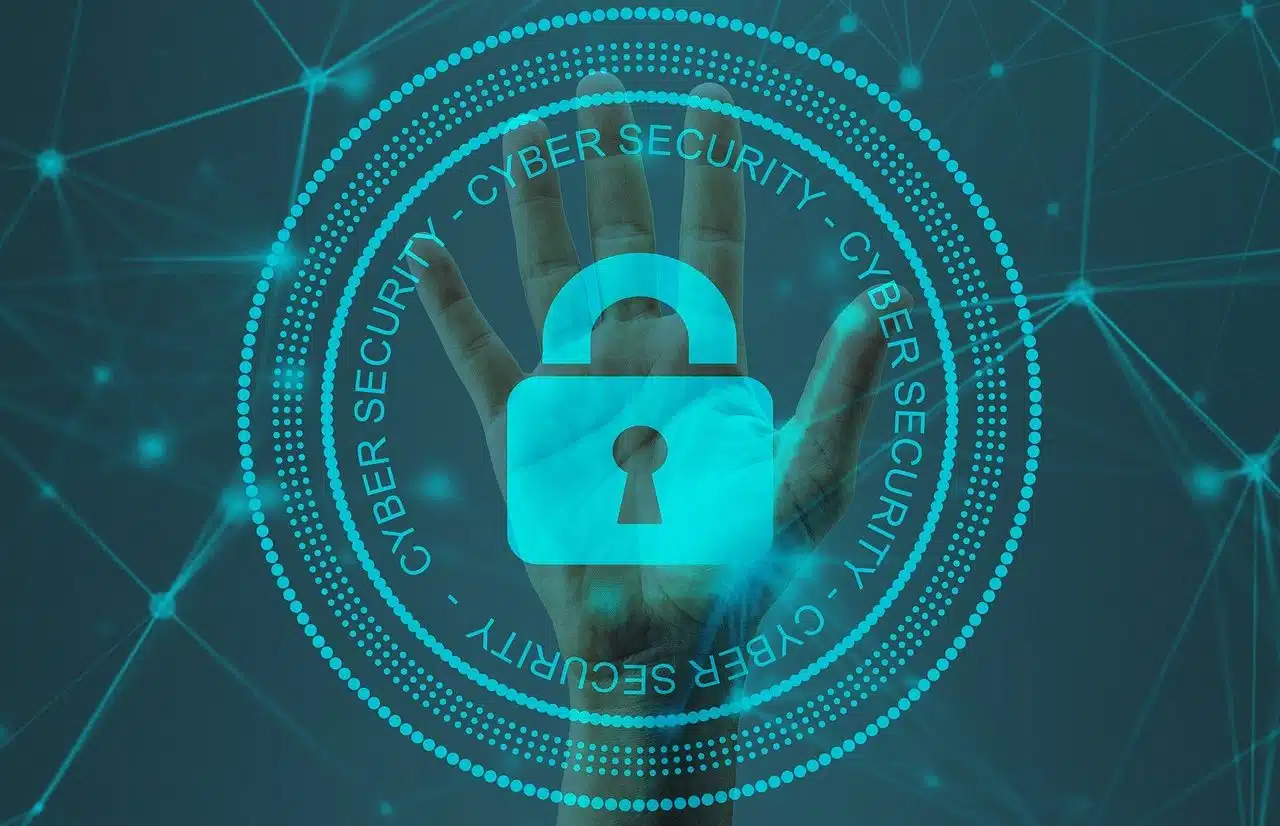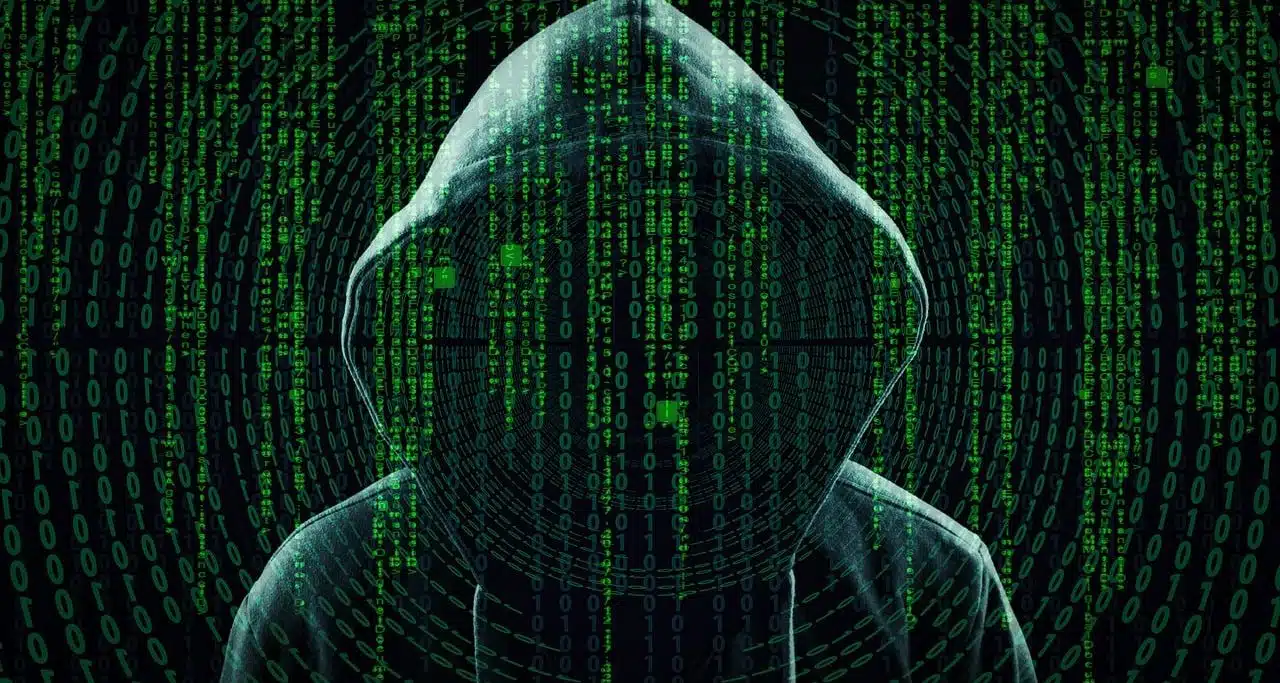
Cybersecurity must guarantee the protection of personal data.
Cybersecurity is the set of measures and actions that provide protection against digital threats . The concept, also mentioned as computer security , refers to the techniques and tools that protect the integrity of a computer program, a system, a computer, a network, etc.
Through multiple rules, methods, protocols, standards and norms, cybersecurity seeks to reduce the risks linked to data stored in digital environments. In this way, an attempt is made to avoid unauthorized access to information and the interruption of procedures and operations, for example.
History of cybersecurity
The history of cybersecurity begins in the 1950s , when connections began to be established between computers and the first computer networks emerged. Until then, to cause damage to a computer or steal information from it, it was essential to access it in person.
Since the creation of networks, and especially since the birth of the Internet , cyberattacks have emerged. Attackers no longer needed to physically reach the device, but could act remotely.
The idea of cybersecurity, in this framework, was forged in the '60s . The National Security Agency of the United States Department of Defense and the RAND Corporation are cited as pioneers in developing a report regarding threats to computers in 1967 .
Its purpose
The purpose of cybersecurity is to provide protection to computer assets . This notion refers mainly to information, but also refers to infrastructure and users.
This means that cybersecurity must protect the data that is stored in the infrastructure and used by users, guaranteeing its availability, integrity and confidentiality . In this framework, the measures must prevent data from becoming vulnerable and equipment from suffering sabotage and damages of various kinds.
In this way, cybersecurity establishes access controls through passwords and the so-called two-factor authentication , to mention two possibilities. You can also use encryption , data encryption , the use of firewalls and other resources to prevent computer crimes.
Cybersecurity addresses both external threats and internal threats. It even contemplates actions for disaster recovery, creating backup copies to enable the restart of activities.

An antivirus is a tool that helps take care of cybersecurity.
Origin of cybersecurity threats
The origin of cybersecurity threats can be varied. Malicious programs or malware (such as spyware , ransomware , a Trojan horse or a computer virus ) are those whose objective is to promote the illicit use of data or systems, which must be blocked.
Malware is an instrument used by hackers , crackers and other intruders to gain unauthorized access to third-party data. Sometimes these people take advantage of programming errors , with which these failures constitute cybersecurity threats in themselves.
Logical or electronic failures, poor intervention by technical staff, improper or incorrect actions by users, and accidents (such as a flood or fire) also put computer security at risk.
Different controls
Cybersecurity can put different controls in place. Deterrent controls aim to minimize the possibility of an attack by discouraging aggression.
Preventive controls , meanwhile, are aimed at the failure of the offensive or the reduction of its impact, while corrective controls involve a response to security incidents and reduce the tenor of the consequences.
It is important to indicate that there are controls, called detectors , aimed at detecting attacks for the activation of corrective and preventive actions. Therefore, all these procedures are usually combined or complemented.

Online privacy has to be safeguarded through cybersecurity.
Examples of situations that threaten cybersecurity
We can find numerous examples of situations that threaten cybersecurity. Many have to do with the violation of user privacy .
User data must be protected since each individual has the power to define, through permission management, who and when can access their personal information. If the platform or system that stores the data does not take appropriate cybersecurity measures, data leaks can occur.
When, through a brute force attack , a criminal manages to intrude into the system and access content stored on a social network server, for example, the privacy of the users is violated.
Security in electronic commerce , on the other hand, must be carefully protected. A cybercriminal who manages to steal the data of a credit card used to pay for online purchases can carry out transactions under the name of the legitimate owner.
In this context, regulatory compliance and respect for the security standards of technology companies are essential to take care of users. In any case, cybersecurity awareness is the responsibility of all people to avoid adopting practices that increase risks.
